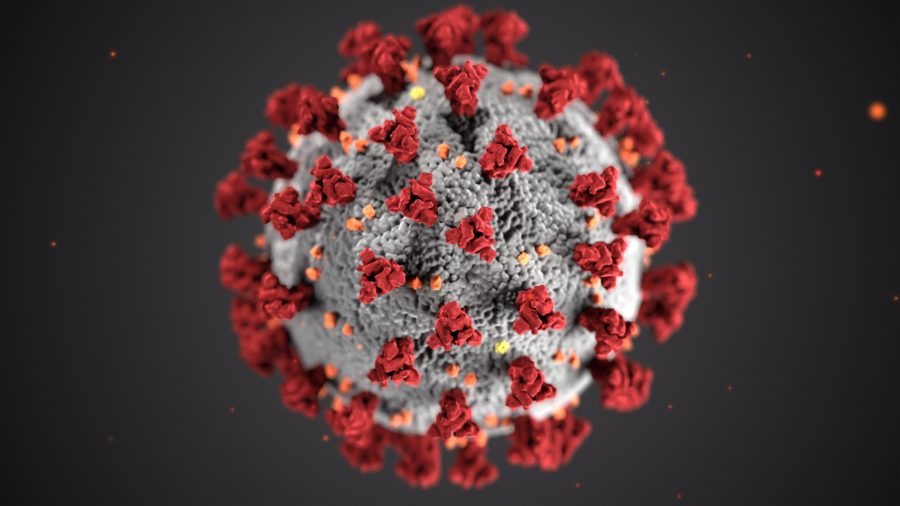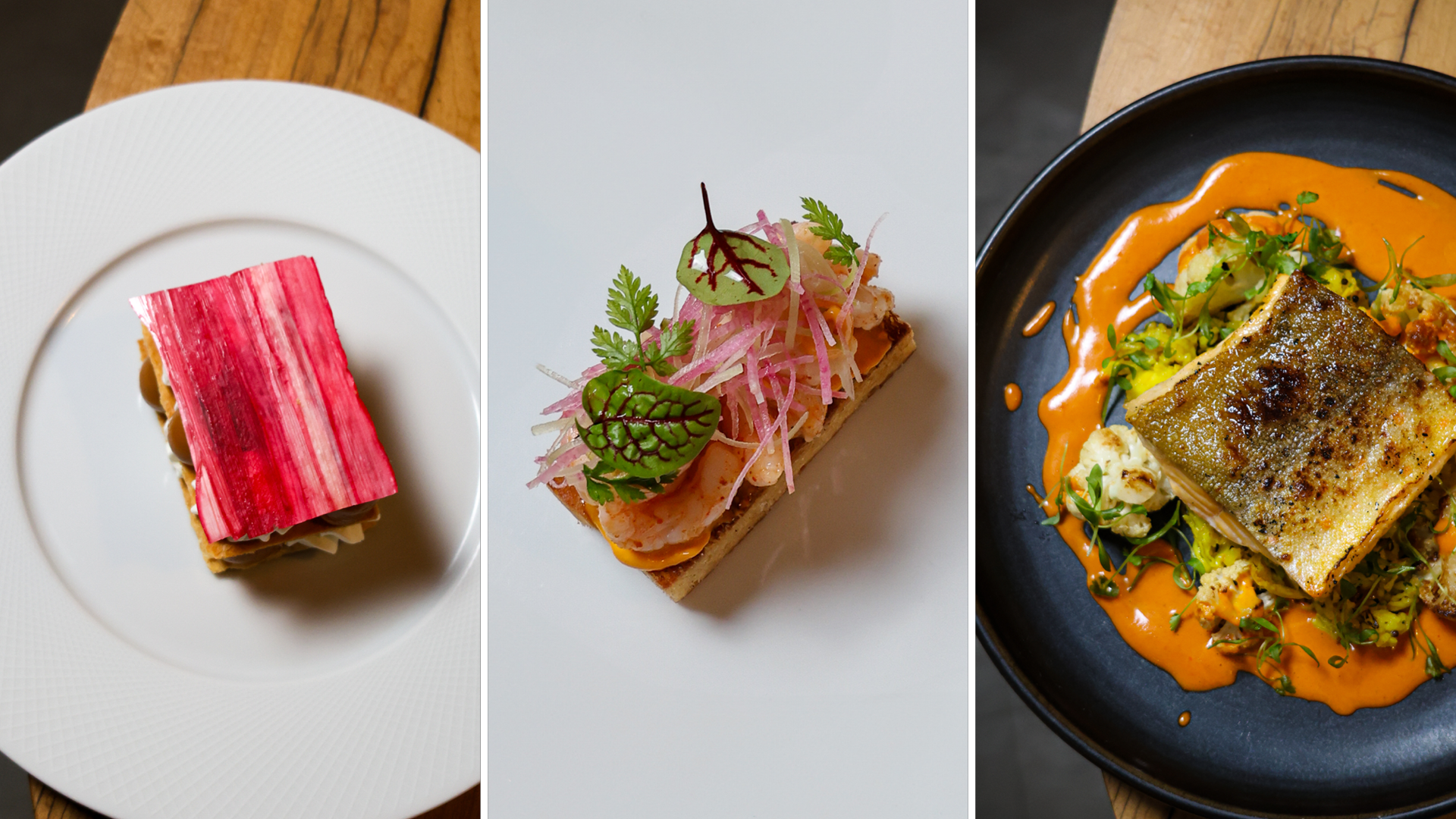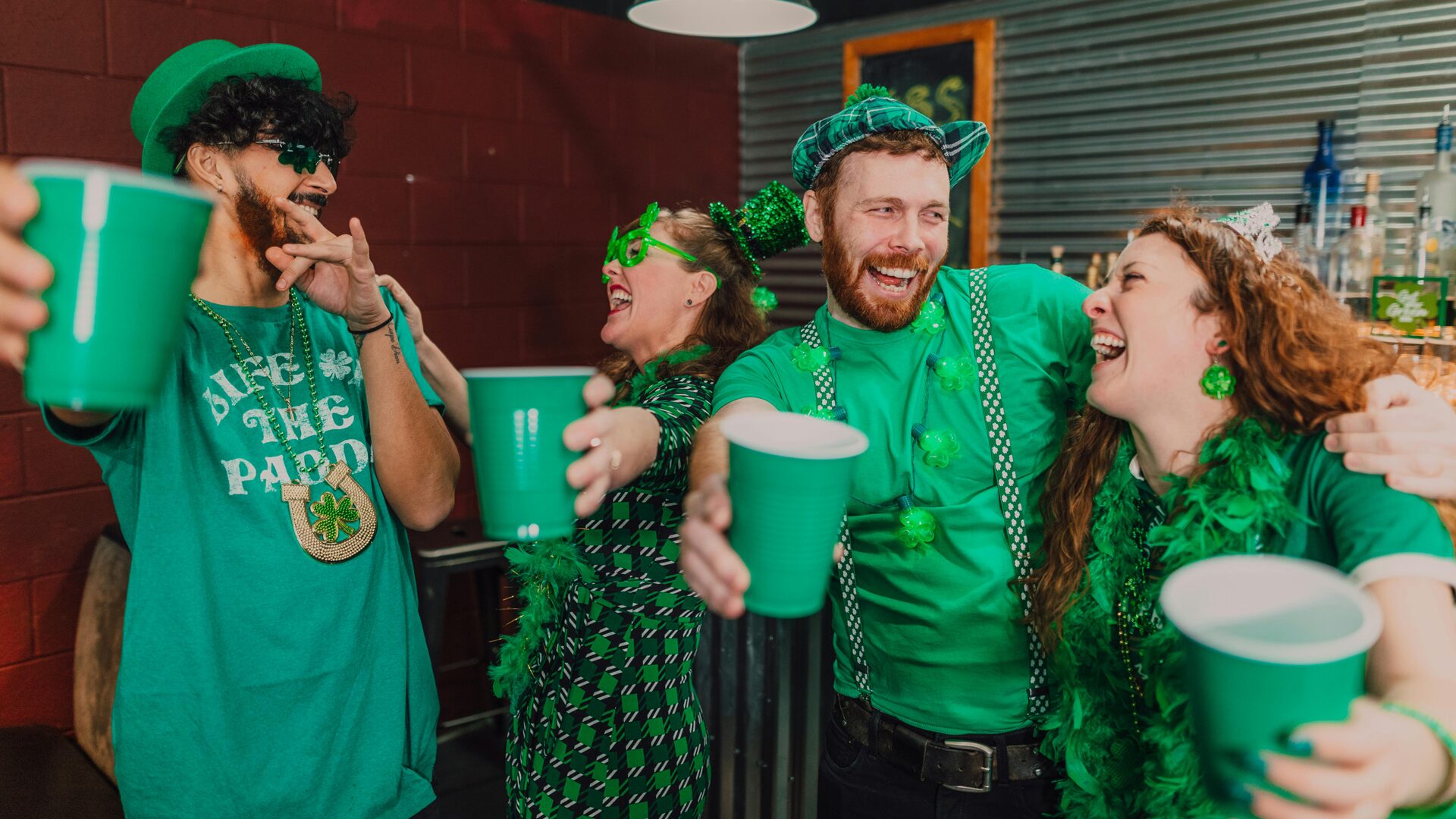Dining out raises the risk of contracting COVID-19 more than other activities, according to a report published by CDC. The new report comes at a time when more restaurants are reopening indoor dining.
Relaxation of face mask requirements in restaurants, coffee shops, and bars could make the venues prime areas for transmission of coronavirus, reported HealthDay (Sept. 10). The study suggests that situations “where mask use and social distancing are difficult to maintain, including going to places that offer onsite eating or drinking, might be important risk factors for acquiring COVID-19.”
Researchers compared behaviors of people diagnosed with COVID-19 and those without such diagnoses. They found that newly ill people without any known contact with a person with COVID-19 were almost three times as likely to have patronized a restaurant over the prior two weeks, and almost four times as likely to have visited a bar or coffee shop, compared to uninfected people.
“As we learn more about transmission, it is not surprising that activities that cannot maintain social distancing and are not amenable to mask wearing—such as eating and drinking in close proximity to others—would result in a higher transmission rate,” said Dr. Teresa Murray Amato, who heads emergency medicine at Long Island Jewish Forest Hills, a hospital in New York City.
Comparing the activities of people who did and did not have COVID-19, the investigators found no significant differences in their patronage of venues where the use of face masks at all times was required (such as taking public transportation, shopping, or attending church).
“The bottom line is that many people don’t put their mask back on when they aren’t eating and drinking, and may be engaged in conversation,” said Dr. Robert Glatter, an emergency medicine physician at Lenox Hill Hospital in New York City. “This very fact increases the risk of transmission and is compounded by lack of enforcement by management at eating and drinking establishments.”
Glatter also noted that ventilation within restaurants or bars is often less than adequate, and research shows that “aerosolized droplets containing virus in normal conversation may be transmitted to others in close proximity, but may also remain suspended in air for up to 3 hours and travel as far as 13 ft. during normal conversation. Such aerosolized droplets may also travel as far as 26 ft. during sneezes and 15 ft. during coughs.”
The research comes on the heels of several states allowing restaurants and bars to reopen for indoor service.
At the end of August, New Jersey’s Gov. Phil Murphy announced restaurants could resume indoor dining, with restrictions, ahead of the Labor Day weekend, reported NJ.com (Aug. 31). Restaurants were able to open at 25% capacity and with social distancing between tables, among other safety measures.
More recently, New York Gov. Andrew Cuomo announced restaurants in New York City can restart indoor dining on Sept. 30, but will also be limited to 25% capacity, reported CNN (Sept. 9).
“Because the compliance has gotten better, we can now take the next step,” Cuomo said in a press conference.
Restaurants will have to abide by other rules including temperature-checking guests at the door, enhanced filtration, and one member of each party providing contact information for tracing purposes. They will have to close at midnight and bar seating is still not permitted.
Cuomo noted that the state of New York had set a deadline of Nov. 1 to reassess if the state will allow up to 50% capacity in New York City restaurants.
In Florida, bars will be allowed to reopen at 50% capacity starting Sept. 14, reported Politco (Sept. 10).
Secretary of the Department of Business and Professional Regulation Halsey Beshears said he believes bars and breweries are now committed to health and safety standards amid the presence of the virus.
“It’s vital that we start moving forward with this sector of our hospitality industry who have endured one of the toughest paths for sustaining a business during this pandemic,” he said.
The plan was released just hours after Gov. Ron DeSantis said he will allow restaurants to start packing dining rooms again. DeSantis told reporters at a restaurant roundtable discussion in Fort Myers that he will lift a 50% capacity limit on indoor dining “very soon.”












